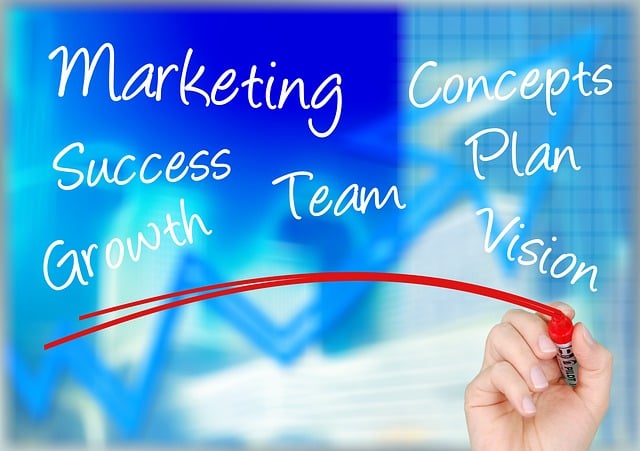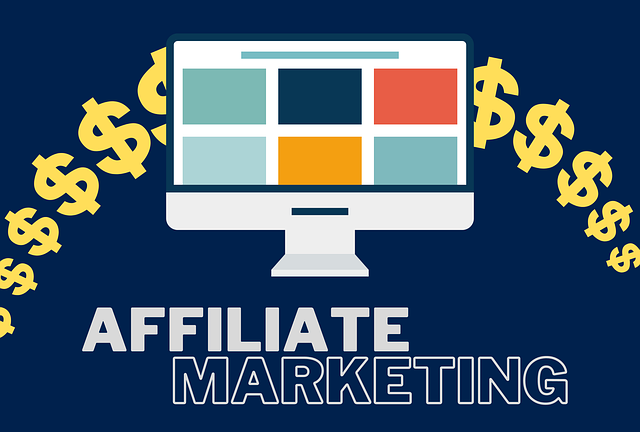Developing effective AI recommendation engines for business starts by understanding unique organizational needs and data landscape. Defining specific goals, such as enhancing staff performance or streamlining operations, involves assessing existing processes, pain points, and desired outcomes. Ensuring high-quality, relevant data is available enables AI models to make accurate predictions and provide valuable recommendations. The choice of AI techniques and models for dashboards requires a balance between data understanding and business goals, with algorithms varying based on outcome type (regression or classification). Clustering techniques identify similar performers for tailored training. Data structure, like NLP for textual feedback and RNNs for time-series data, is crucial. Ensemble methods offer robust solutions. Well-designed dashboards transform raw data into actionable insights, enabling quick decision-making by business leaders and managers. Visualization strategies should be tailored to stakeholders' needs, with AI facilitating dynamic, real-time updates.
“Unleash the power of AI for your business with a tailored recommendation engine. This comprehensive guide navigates the development process, from understanding intricate business needs and data collection to selecting advanced AI techniques and models for staff performance analytics. Discover how to design intuitive dashboards, transforming raw insights into actionable visualizations. By combining these strategies, organizations can revolutionize operations, enhance employee productivity, and make data-driven decisions with unprecedented efficiency.”
- Understanding Business Needs and Data Requirements for AI Recommendation Engines
- Choosing the Right AI Techniques and Models for Staff Performance Analytics
- Designing and Implementing Dashboards for Effective Visualisation of Insights
Understanding Business Needs and Data Requirements for AI Recommendation Engines

Developing an effective AI recommendation engine for business requires a deep understanding of the organization’s unique needs and data landscape. Before implementation, it’s crucial to define specific goals and objectives, such as enhancing staff performance or streamlining operations. This involves assessing existing processes, pain points, and the desired outcomes. For instance, an HR department might aim to create AI-driven analytics dashboards to track employee productivity, identify training gaps, and foster better talent retention.
Data is at the heart of any recommendation engine. Organizations need to carefully evaluate their data sources, quality, and accessibility. This includes structural data like sales figures or customer interactions and unstructured data such as emails, social media posts, or customer reviews. By ensuring relevant, high-quality data is readily available, businesses enable AI models to make accurate predictions and provide valuable recommendations, ultimately driving better decision-making and improved business performance.
Choosing the Right AI Techniques and Models for Staff Performance Analytics

Selecting the optimal AI techniques and models for AI staff performance analytics dashboards involves a nuanced understanding of your data and business goals. Not every algorithm suits every use case; for instance, while regression models excel at predicting continuous outcomes like sales revenue, classification algorithms are better suited for categorizing employees into high, medium, or low-performing groups. Clustering techniques can group similar performers together, enabling targeted training programs.
Additionally, considering the nature of your data—structured, semi-structured, or unstructured—is crucial. Textual feedback and open-ended responses require Natural Language Processing (NLP) models, whereas time-series data benefits from recurrent neural networks (RNNs). Ensemble methods, combining multiple models to improve accuracy, can offer robust insights for comprehensive AI staff performance analytics dashboards.
Designing and Implementing Dashboards for Effective Visualisation of Insights

Designing and implementing effective dashboards is a key step in translating raw data into actionable insights, especially within the context of AI-driven staff performance analytics. These visual tools play a pivotal role in helping business leaders and managers make informed decisions quickly. Well-crafted dashboards should present key metrics and trends in a clear, intuitive manner, allowing users to identify patterns, track progress towards goals, and pinpoint areas needing improvement.
Visualisation strategies should be tailored to the specific needs of different stakeholders. For instance, executive summaries may focus on high-level trends and overall performance, while team leaders might require more detailed insights into individual or team-specific metrics. Leveraging AI in dashboard development enables dynamic, real-time updates, allowing businesses to respond swiftly to changes in staff performance and market conditions.
AI recommendation engines, powered by robust staff performance analytics and intuitive dashboards, are transforming business operations. By understanding specific data requirements, selecting appropriate AI techniques, and focusing on effective visualization through dashboards, companies can harness the full potential of these tools. This approach not only enhances decision-making but also drives business growth in today’s competitive landscape. AI staff performance analytics dashboards emerge as essential game changers, enabling folks to navigate complex data and unlock insights that were previously inaccessible.
